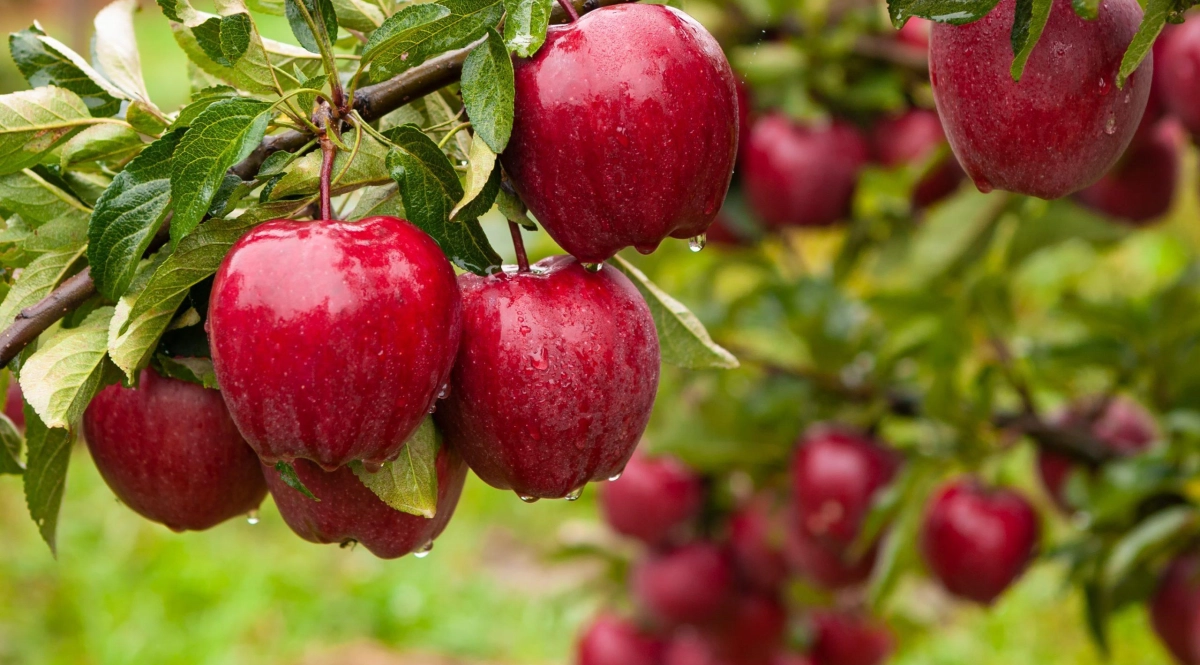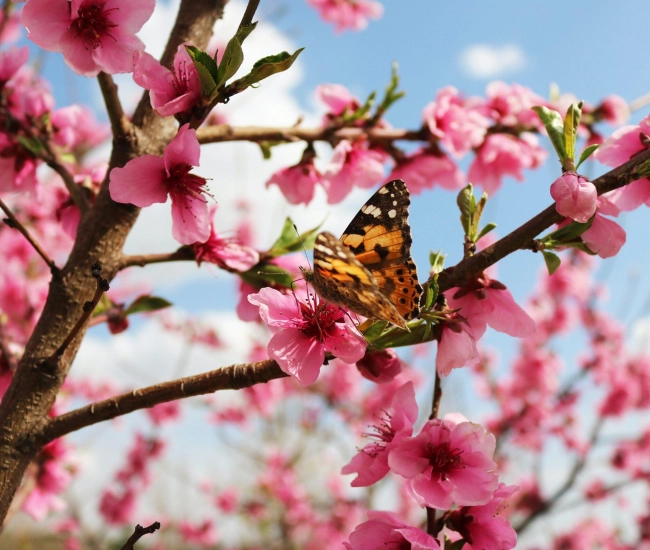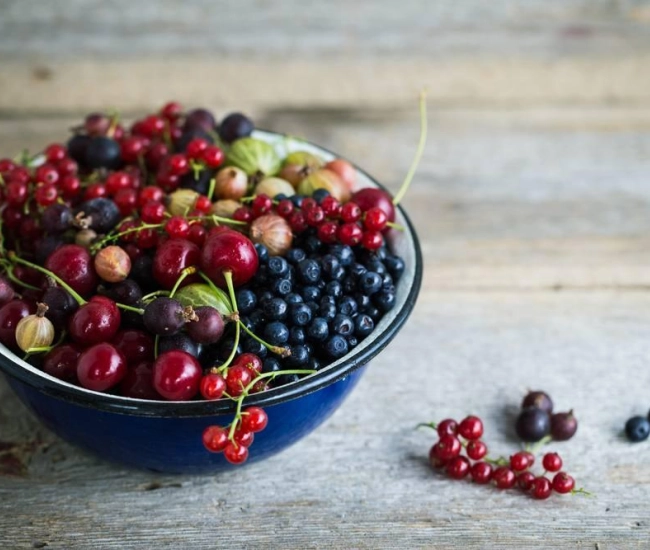
Adding fruit trees to your landscaping brings a lot of visual joy, especially in the spring when they are covered in colorful and fragrant flowers, making them so spectacular. It is also a very interesting way to lower your grocery bill while consuming fresh and ultra-local foods. Nourishing trees are the perfect complement to vegetable gardens and allow for better food autonomy. Beautiful, useful, and delicious: what more could you ask for?!
However, there are a few questions to consider before embarking on growing fruit trees. To ensure a wise choice, certain elements should be taken into consideration:
Pollination of Fruit Trees
To produce fruit, the flowers of fruit trees must be pollinated. It seems obvious, but fruit trees have some peculiarities. Many fruit trees need to be cross-pollinated, that is, by another tree of the same species but a different variety, known as a compatible species, to produce fruit. Simply put, for a McIntosh apple tree to produce McIntosh apples, it must be pollinated by an apple tree other than McIntosh planted nearby. Without this cross-pollination, the tree will produce flowers but no fruit. It is therefore imperative to ensure that a compatible species is available nearby so that insects can play their role as pollinators. This can be on your own land if you have the required space or in the neighborhood.
Self-Fertile Species
Some cultivars of fruit trees are self-fertile, meaning they have everything they need for their flowers to fertilize each other. In these specific cases, a single tree can produce an abundance of fruit without cross-pollination. When acquiring a new fruit tree, be sure to get informed from a Passion Jardins advisor.
Maintenance of Fruit Trees
Fruit trees require some maintenance to keep in good shape and health, and thus, produce in quantity.
Location
The majority of fruit trees require maximum sunlight. You must be able to provide them with at least 6 hours of sun each day to ensure their optimal development. To preserve the flowers and fruits, plant them sheltered from strong winds. Also, ensure there is some clearance all around the trees so that air circulates well to prevent the development of certain fungal diseases that often attack fruit trees.
Watering and Fertilization
In the first years following their planting, fruit trees, like all other trees, need water to root solidly and deeply. Water for a long time so that the water can penetrate deep into the soil. Once well established, simply ensure they are protected from intense drought. If your soil is very clayey, adding compost annually will provide a good dose of organic matter very beneficial for the development of strong and healthy trees. The application of fertilizers specially designed for this type of plant will ensure better health and increased yield. Always follow the manufacturer's instructions.
Pruning
Fruit trees need to be pruned to maintain good shape and stimulate their production. Prune fruit trees before bud break (the opening of buds), most often in February or March. You can also prune in summer, in June or July, after the fruiting of early-producing species. Always use a sharp pruner, cut branches in one stroke, and clean your blade between each cut to prevent the spread of fungal diseases.
Apple trees, plum trees, pear trees, cherry trees, and other wonders of nature certainly have a place of choice in your landscaping. Visit your favorite Passion Jardins retailer to choose your favorite species and bon appétit!
Tips and advice



